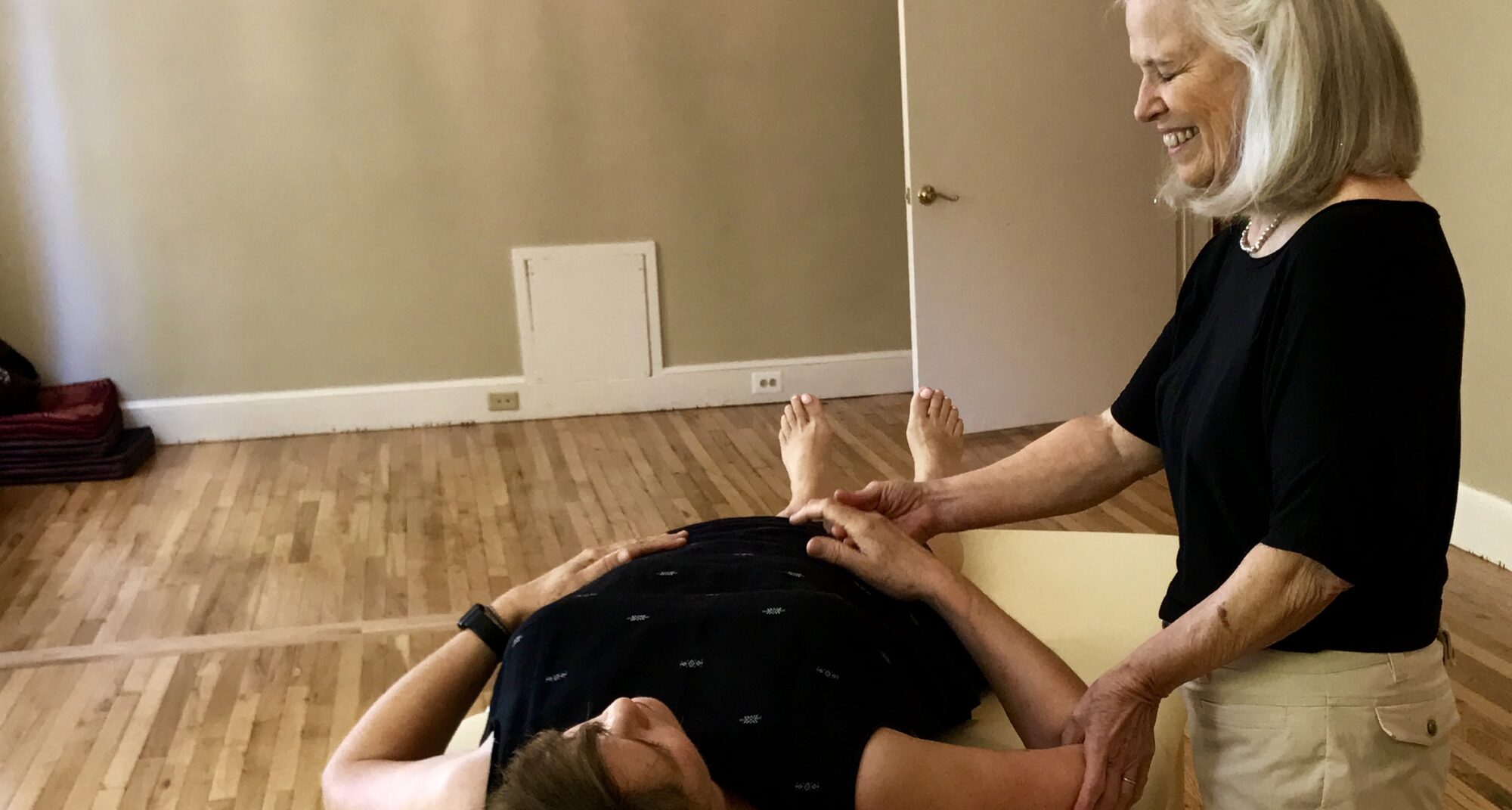As a new musician of the violin/fiddle, I am so amazed when I watch musicians play…the passion, emotion, skill and poise is now so much more obvious to me. I had no idea it was such an incredible way to be with yourself and with others. The vibration I am feeling in my whole body helps me sense the emotion that comes from the music whether it is a classical piece or a fiddle tune. I am happy to be alive and aware of spaces inside and outside of my body.
The other surprise to me is how much subtle tension in the head, neck and jaw affects the sound of the music…it is so revealing that the ever so small adjustments make incredible changes in how the music flows out to the ear (mine and the spaces around me). I teach Alexander Yoga and have found many of the poses we do inform my body about how balanced or imbalanced I am. I can take these relationships of balance to how I am holding my fiddle. At first I learn about myself and my habits of tension when I am not playing my instrument; then I can recognize these same tensions when I pickup my fiddle (where I have a lot of muscle memory tension). We start with being aware of our balance and poise in our everyday moving patterns and the yoga asanas. This new information continues to unravel and the sound of the music becomes more and more enhanced.
If you have pain from playing a musical instrument, explore the skill of learning the Alexander Technique through Alexander Yoga; the results are long term and sustainable because you are learning to find joy, ease and fun by releasing unneeded tension. You will enjoy playing so much more and your audience will notice the change in the sound of the music.


 pr
pr –
– p
p sh
sh n)
n)